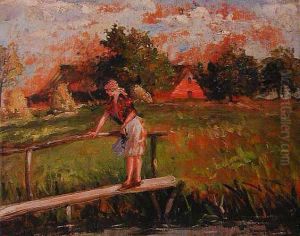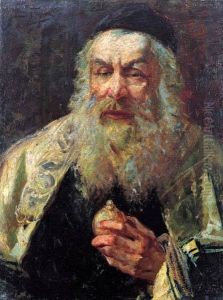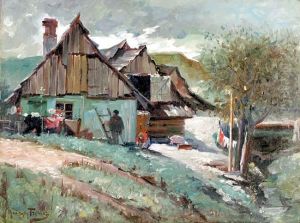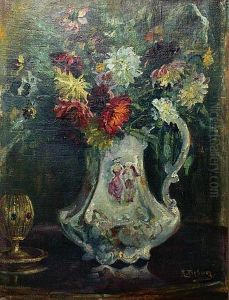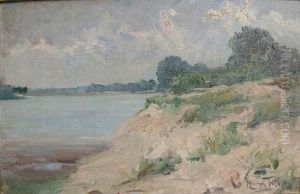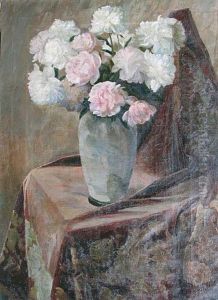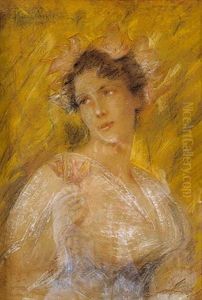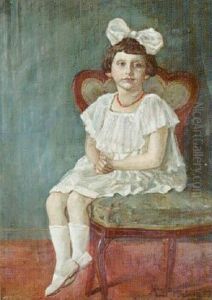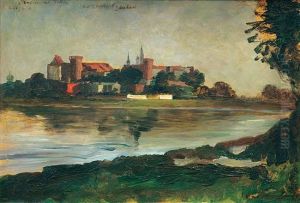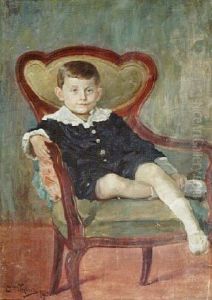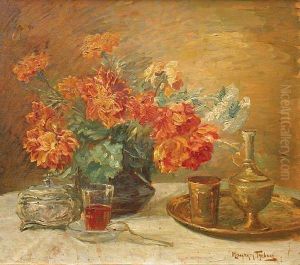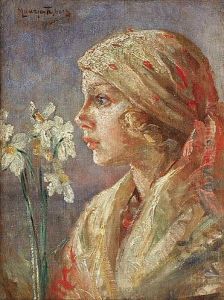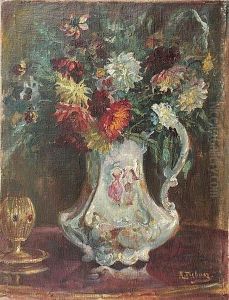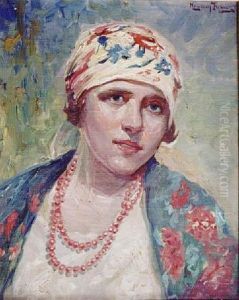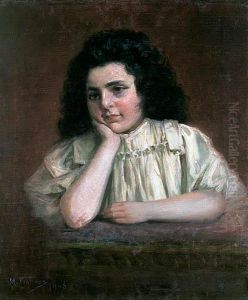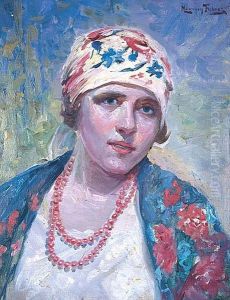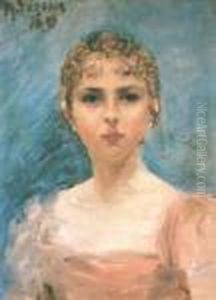Maurycy Trebacz Paintings
Maurycy Trebacz was a prominent Jewish-Polish painter, known for his significant contributions to Polish art, especially within the Jewish community. Born on December 17, 1861, in Łódź, Poland, he grew up in an environment rich with cultural diversity, which influenced his artistic development.
During the late 19th century, Trebacz received his artistic education at the Academy of Fine Arts in Munich, Germany, which was one of the most prestigious art institutions of that era. Munich attracted many international artists, and Trebacz was able to absorb various artistic styles and techniques, which he later incorporated into his own work.
Trebacz's paintings often focused on the life and traditions of the Jewish community in Poland. He was known for his detailed and realistic depictions of Jewish subjects, capturing the nuances of their daily lives and religious practices. His art served as a valuable record of the Jewish culture in Poland at a time when it was undergoing significant changes due to modernization and political shifts.
After completing his studies, Trebacz returned to Poland and settled in Kraków, which was then a hub for artists and intellectuals. He quickly became an integral part of the local art scene and was recognized for his exceptional talent. His works were exhibited in various galleries and gained appreciation from both critics and the public.
Throughout his career, Trebacz also engaged in teaching, passing on his knowledge and skills to the next generation of artists. He was deeply invested in the cultural life of the Jewish community and contributed to its preservation through his art.
Unfortunately, the outbreak of World War II and the subsequent Holocaust had a devastating impact on the Jewish population in Poland, including the artistic community to which Trebacz belonged. Maurycy Trebacz died in Kraków on February 15, 1941, leaving behind a legacy of profound artistic achievement that continues to be celebrated for its historical and cultural significance.
